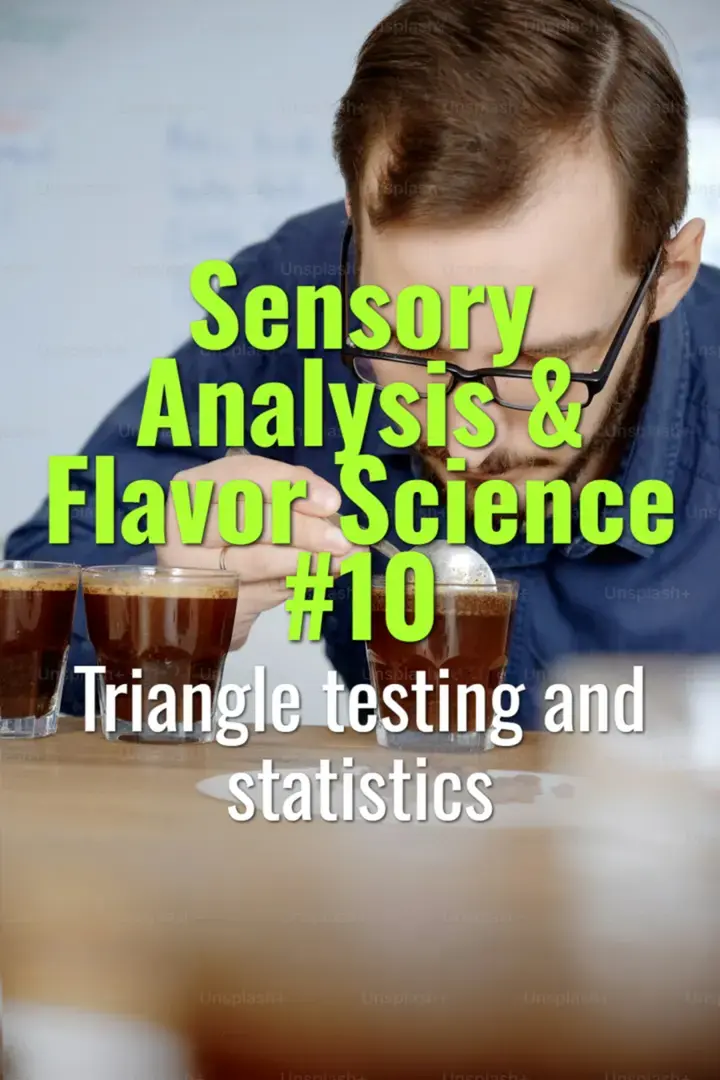Triangle testing and statistics
How triangle testing is used in coffee sensory science to determine whether detectable differences exist between samples, and how statistics validate the results.
- Coffee Basics Nerds
- 2 min read
Article 10 of 12 in Sensory Analysis & Flavor Science/

What is Triangle Testing?
- A sensory discrimination test widely used in coffee cupping, QC, and product development.
- Tasters receive 3 cups: 2 identical, 1 different.
- The task: identify the odd cup out.
Purpose
- Evaluates if a real sensory difference exists between coffees:
- Different roast profiles.
- Processing method variations.
- Packaging or storage effects.
Procedure
- Prepare samples under controlled conditions.
- Randomize order to avoid bias.
- Serve 3 coded cups (A, B, C).
- Tasters smell, sip, and decide which is different.
- Collect results without discussion.
Statistical Analysis
- Chance of guessing correctly = 1/3 (~33%).
- To prove significance, more tasters must identify the odd cup than expected by chance.
- Statistical tables (ISO 4120 standard) determine the minimum number of correct responses needed for significance.
Example
- 12 panelists perform triangle test.
- By chance, 4 correct responses expected.
- If ≥8 correctly identify the odd sample, difference is statistically significant (p < 0.05).
Applications in Coffee
- Comparing roast development (e.g., 9:30 vs 10:00 roast).
- Testing packaging (GrainPro vs jute bags).
- Verifying recipe tweaks (honey process vs washed lot).
Limitations
- Identifies whether a difference exists, not what the difference is.
- Requires trained panel for reliable results.
- Fatigue and bias can skew results; blind randomization is key.
Summary
Triangle testing provides a statistically valid way to confirm whether two coffees are perceptibly different. By comparing correct identifications to probability thresholds, roasters and QC teams can make confident, evidence-based decisions about coffee quality and processing changes.